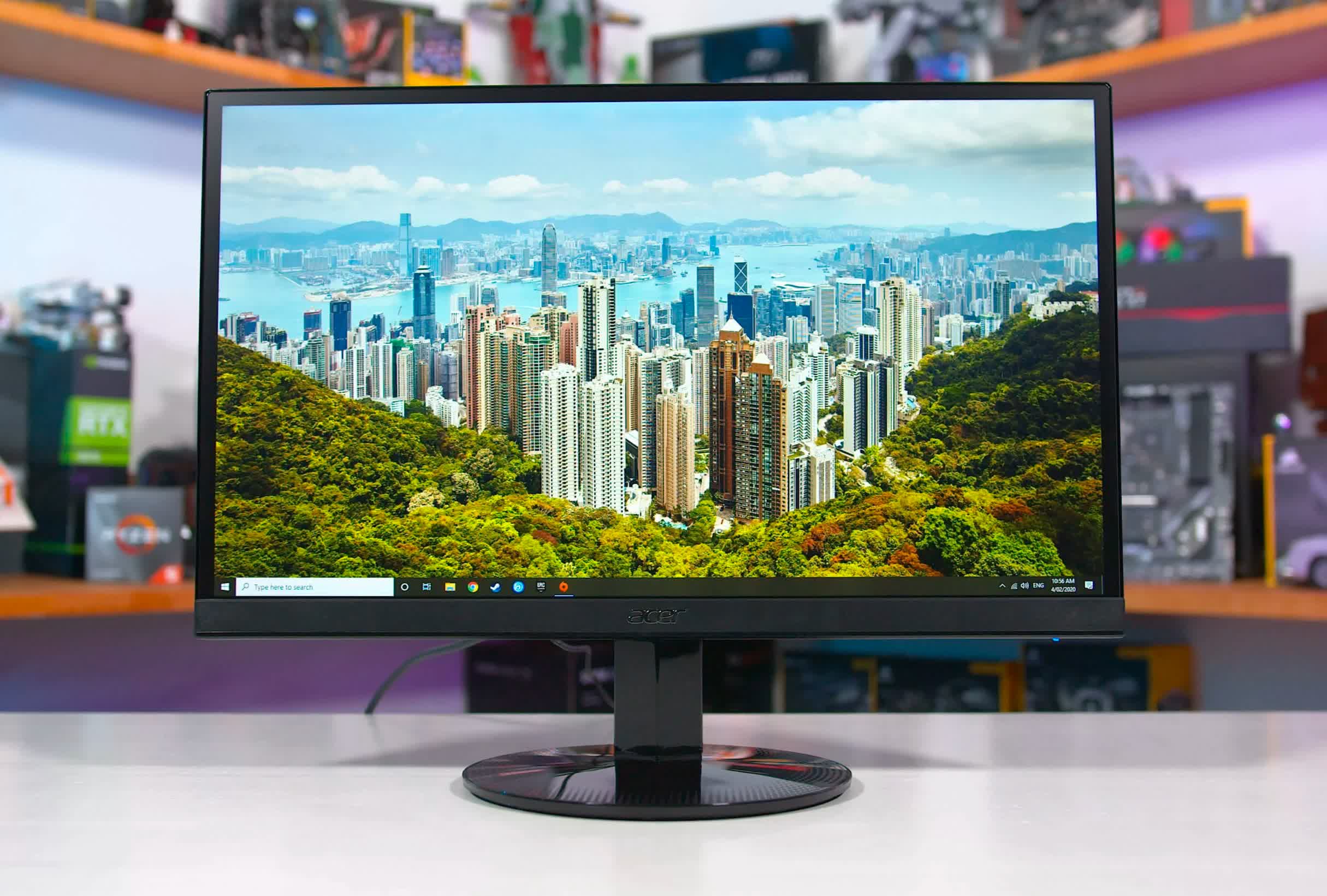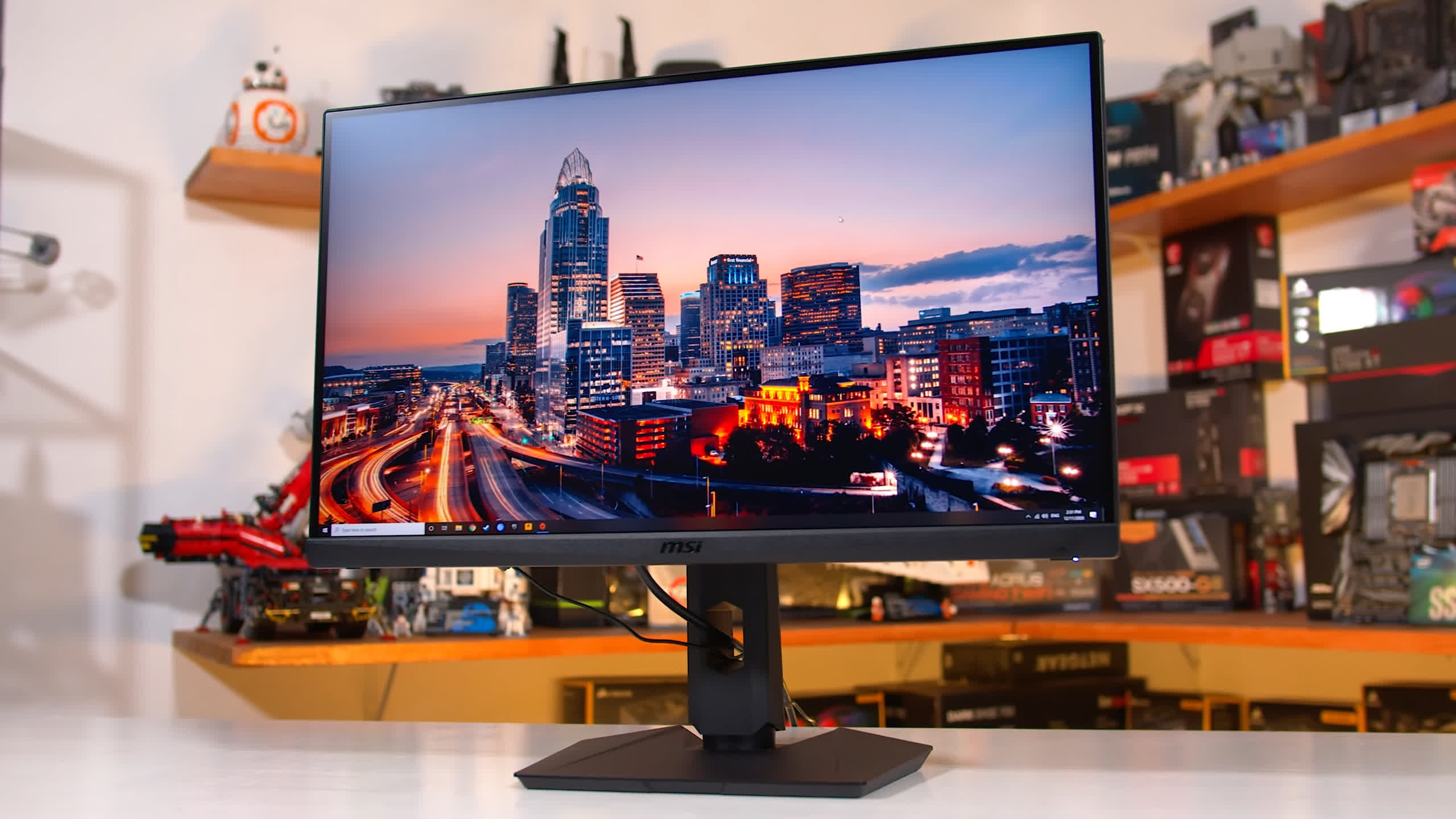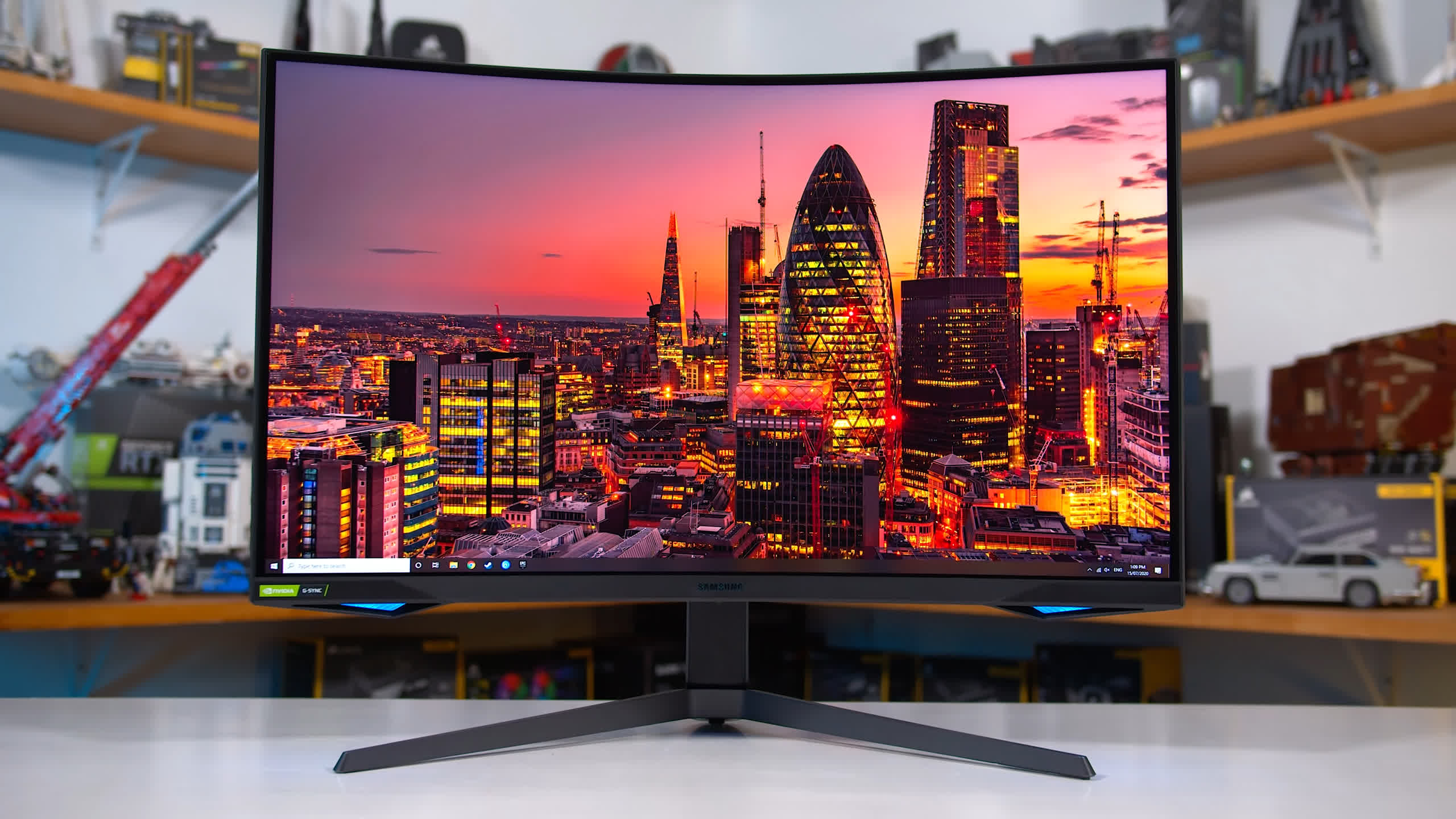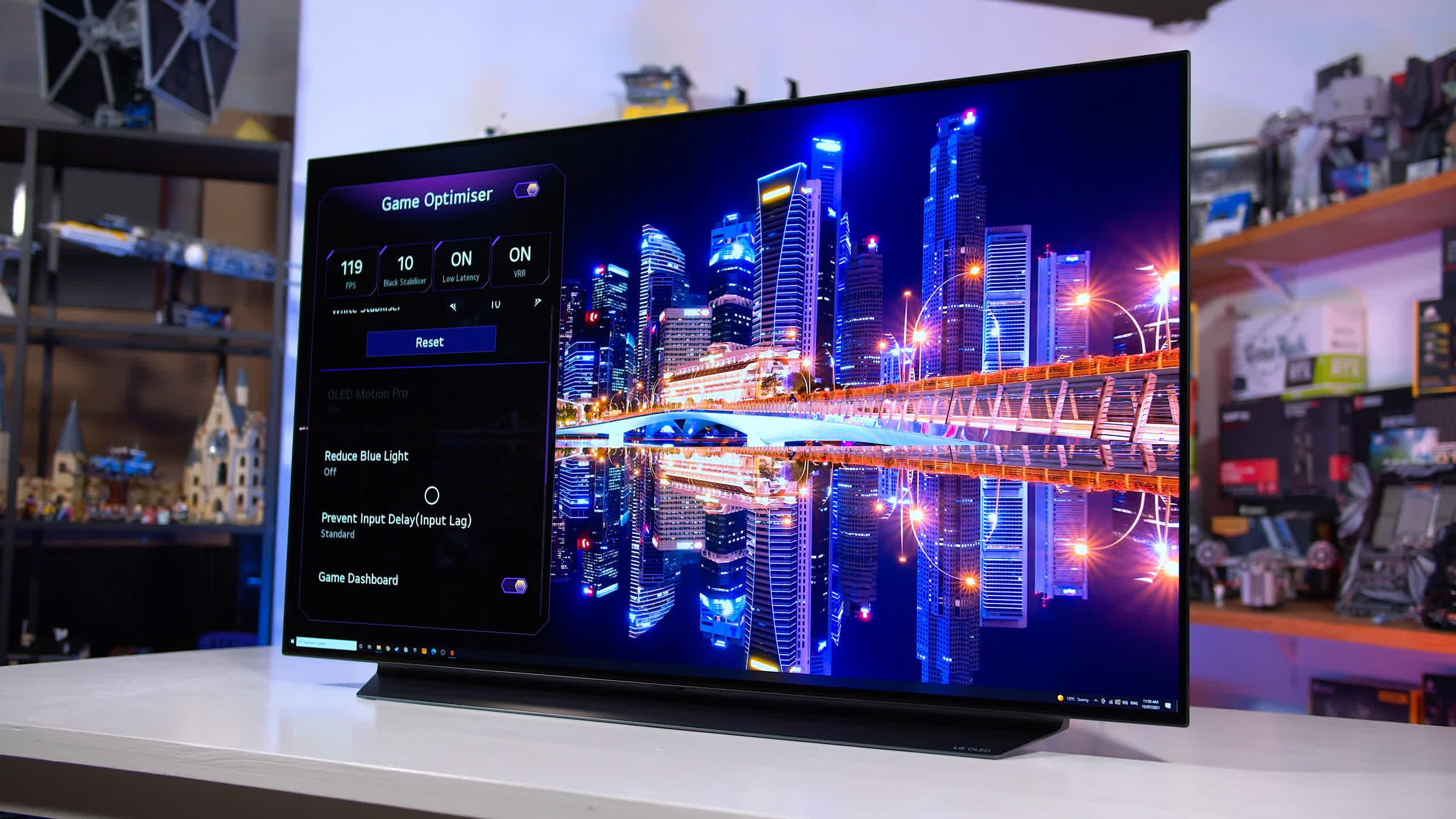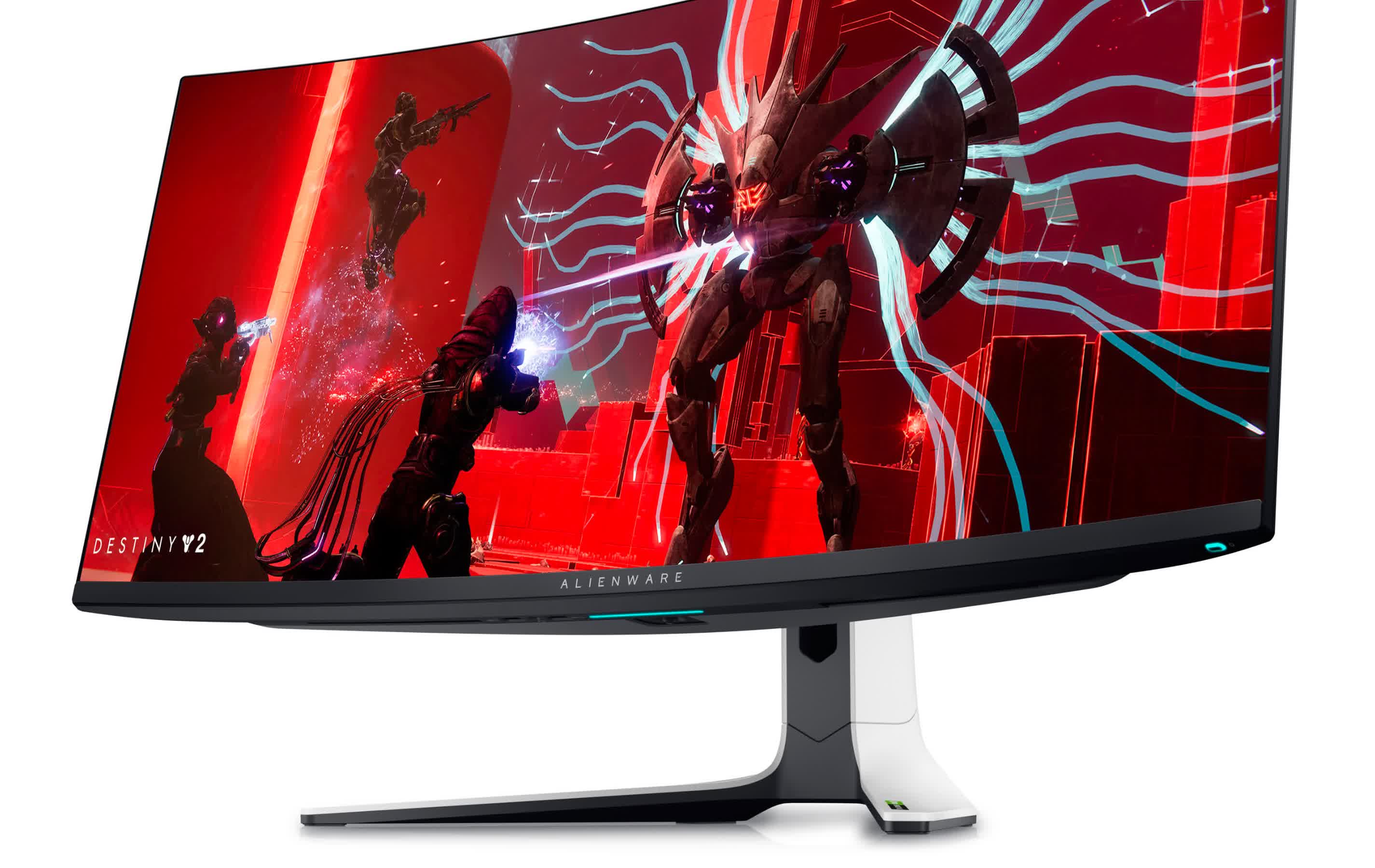Today we've got a simple but effective monitor buying guide: we'll be going through each price point from $100 through to $1000 in hundred dollar increments, recommending the monitor that we would purchase at that price.
Usually in our best monitor recommendation guides we provide multiple options based on different criteria like screen resolution, refresh rate, monitor size, and pricing, but that won't be the case today. If you want all the decision making taken out of your hands and just want to know what monitor to get, this is for you. What has not changed is that all these recommendations come after testing a large variety of gaming monitors, with few exceptions we've tested all of these and you can find full reviews of each one of them here at TechSpot or at the Hardware Unboxed channel.
TL;DR
$100+
Acer SB220Q 21.5"
Let's start with $100. To be honest, if you are thinking of buying a $100 monitor for gaming you're not going to get much. There are few $100 displays available to purchase, and the majority are extremely basic office monitors, often with outdated specs and hardware. The absolute bare minimum you can expect to spend to get an entry-level display is around $130, otherwise we're talking about sub-1080p displays which aren't worth buying in 2022.
For $130, you can get the Acer SB220Q, which is the only monitor in this category that we've tested, but there are several other equivalents that appear to use the same 22" 1080p 75Hz IPS panel, or something along those lines. Incredibly, when we reviewed this monitor it used to sell for as little as $90. This monitor serves its purpose as a cheap entry-level display for those who can't afford to spend more money, and that's totally fine. We'd much prefer you buy this than something using a TN LCD with a crippling 1600 x 900 resolution, and yes, you can still buy those displays for a few dollars less.
It's not a very good gaming display, it has response time issues, a low contrast ratio, it doesn't get very bright and it's limited to just 75Hz. But for the price, by using IPS technology and a 75Hz refresh rate it has an edge on other options. With that said, we'd steer clear of $100 monitors if at all possible.
$200
AOC 24G2 24"
The best option at $200 is to get a 1080p 144Hz IPS display. This type of monitor dominates this price point and are excellent entry-level gaming choices. The jump up to 144Hz provides a huge boost for smoothness and clarity while gaming, and on top of that the panel quality tends to be a lot higher, featuring faster response times, better contrast ratios and superior colors. It's actually pretty impressive what you can get for ~$200 these days.
Our go-to recommendation at $200 is the good, old and trusted AOC 24G2. This is the 24" model size which we think is a bit better in terms of pixel density for 1080p, however there's also a 27" model that sells for the same price if you want something a bit larger, the 27G2.
The AOC 24G2 has a great combination of gaming performance and color quality. It has a good 144Hz refresh rate and fast response times to keep up, combined with a good contrast ratio, excellent viewing angles and a reasonably wide color gamut. Crucially, it also features a height adjustable stand, which is significantly more versatile than the fixed stands you often get on other monitors, such as the LG 24GN600. We do think it's worth spending a little bit more to get a much better stand. The 24G2 is a nicely balanced package and it's widely available.
$300
LG 27GL83A 27"
At this price point you have the option of getting a 1080p 240Hz higher refresh rate monitor, or shifting up to 1440p, and we'd almost always pick 1440p. The jump from 1080p to 1440p is huge in terms of image quality and sharpness. It also makes larger display sizes like 27" much more viable, and it's not too punishing on modern GPUs. Today's mid-range GPUs can do above 60 FPS in most titles at 1440p. Getting a good 1440p 144Hz monitor for around $300 can set you up for quite a while, even if it's on the more budget end of the scale.
Right now we're recommending the LG 27GL83A at $300 on the dot. This is a variation of the LG 27GL850 we reviewed a while back, based on a now-older LG Nano IPS panel. While we don't think these displays are very competitive at the $500 price they launched at, for $300 they are a great deal.
Excellent response times for an LCD of this class combined with a decent 1440p 144Hz resolution and refresh rate. This was the first generation of fast IPS panels, which are now commonplace and still hold up in terms of motion clarity in 2022. On top of great gaming performance, we also get excellent viewing angles and great color performance, making the 27GL83A quite a versatile monitor for both gaming and everyday tasks like browsing the web.
The only real weakness of note is contrast ratio: blacks don't get very deep on these LG Nano IPS displays, a trade-off to reach the speed on offer. However, given it uses a regular RGB subpixel layout, it's typically a bit faster and as of writing cheaper than the Gigabyte M27Q which we've recommended before.
$400
MSI Optix MAG274QRF-QD 27"
Your best option is a premium 1440p medium-refresh rate monitor at $400. The difference between spending $300 and $400 is that you'll be getting even faster response times, better contrast ratios, wider color gamuts, and a better feature set. Whether or not this is worth it depends on what you want. We tend to think the $300 category gives somewhat better bang for buck, but we wouldn't rule out getting a premium option as they do perform better in some instances.
Our choice in this price range is the MSI Optix MAG274QRF-QD, which is one of the best 1440p 165Hz monitors you can get. Relative to the 27GL83A you get similar response times in keeping with today's fast IPS monitors, except at a small boost to the refresh rate, 165Hz vs 144Hz.
But the big advantage comes in color quality. The MAG has a 30 to 40 percent higher contrast ratio than 1440p LG Nano IPS monitors, factoring in panel variance, which basically means we get Nano IPS-type performance without the weakness in this area. We're still talking IPS-level contrast, so only a tad higher than 1000:1, but the difference in black levels when gaming in darker rooms is significant.
Besides contrast, the MAG274QRF-QD has a much wider color gamut, supporting 99% coverage of both DCI-P3 and Adobe RGB, making it a highly versatile display for gaming and content creation. With built-in color modes for various gamuts including sRGB (thanks to a recent firmware update), it has the color side of the equation locked down. MSI also offers effective backlight strobing if you want improved motion clarity while playing competitive games, which many monitors of this type struggle with. We think it's a great buy at ~$420.
$500
Gigabyte M27Q-X 27"
The $500 price point is a bit of an odd one at the moment, sitting between mid-range offerings like the 1440p 165Hz monitors we've been looking at, and higher end products in the premium section. We were prepared not to recommend anything in this price tier, until one monitor caught our eye.
The Gigabyte M27Q-X brings a 1440p 240Hz IPS display down to its lowest ever price point of just $500. That seems like a pretty good deal, but we haven't tested this display yet, so including it here is a bet with our full review yet pending to be completed in a few weeks.
$600
Samsung Odyssey G7 32"
The Samsung Odyssey G7 is currently selling for just under $600 in its 32-inch variant. This is a great price for the 1440p 240Hz VA monitor, which offers a pretty big step up in performance over the lower refresh rate offerings we were talking about at $300 and $400. It's a sizable jump in price, but the Odyssey G7 should offer many more years of life with its higher end, more future-proof specifications.
The main reason to buy an Odyssey G7 is for its gaming performance. The combination of a 1440p resolution, 240Hz refresh rate, and Samsung's highly tuned VA technology delivers elite speed and motion clarity. This display is still one of the fastest LCD monitors you can get, with response times in the 3ms range that nicely complement the high refresh rate without the usual dark smearing we see from other VA monitors. It's often a challenge to run today's games at 1440p 240 FPS, but the G7 gives you room to grow as hardware improves, and even today you can enjoy the latency benefits of a super-fast refresh rate for competitive gaming.
The G7 is also a decent buy due to its high contrast ratio for an LCD monitor – thanks to its use of VA panel. A 2500:1 contrast ratio is well over double that of IPS alternatives, so if you often game in a darker environment, this is a really good choice. It does have some drawbacks, such as the aggressive 1000R curvature which limits its usefulness as a content creation display, however at $600 this is a great choice for gamers.
$700
Gigabyte M28U 28"
This is where we'd choose to go for a 4K gaming monitor, and thankfully you don't even need to spend the full $700 to get something decent. Our monitor of choice is the Gigabyte M28U, which remains one of the best value 4K high refresh gaming monitors on the market. At $650, it's more affordable than its competitors, which often start at $700 or even $800 for the exact same panel, so it's hard to go past what Gigabyte is offering.
The M28U is a 4K 144Hz flat IPS panel with HDMI 2.1. Performance is impressive for a monitor that's on the budget end of the scale with these specs. Decently fast response times, solid color performance, great viewing angles, low input latency and a relatively wide color gamut. It's not the overall best 4K monitor for gaming, but it has a nice balance between visuals and speed that you don't get as much of with the Odyssey G7.
Now, of course, in these price ranges there's a toss up between high refresh 1440p, or 4K 144Hz, and we find it hard to decide which one is "better." 1440p 240Hz is better suited towards pure gaming, whereas 4K 144Hz is a more versatile choice for gaming and productivity.
$800
Gigabyte M32U 32"
At $800, this is where you can upgrade your 28" 4K 144Hz gaming monitor like the M28U into a 32-inch variant with the Gigabyte M32U. We haven't tested this exact display, but we expect it to use the same panel as one of the 32-inch models that we have tested so far – in fact we expect it to perform very much like the Aorus FI32U which was a decent option. Currently, the M32U is available at a promotional price of just $600 which is an excellent deal, but even at its regular price of $800, this display is more affordable than most of its competition which is available at either $900 or even $1,000.
We haven't been overly impressed with the 32-inch 4K 144Hz options and tend to prefer the smaller 28" or 27" models where available, as they tend to perform better. But if you do want a larger monitor and 4K is well suited to 32", we'd be looking at the M32U in the current market.
$900
Eve Spectrum 4K 27"
This is where the premium, best of the best 4K 144Hz gaming monitors sit. They're not going to be as good value as in the $700 category like the Gigabyte M28U, but if you do have $900 to spend and you want a no-compromise experience with additional features, there are some benefits to be had.
Our top choice in this category is the Eve Spectrum 4K, which costs $900 when you factor in the price of the stand. The Eve Spectrum performs similarly to the M28U when it comes to speed and motion clarity, offering a nice balance of performance at the highest refresh rate, and across the refresh range. But the Eve excels in color performance and adds to the versatility you already get with 4K 144Hz IPS displays.
The factory calibration you get with this monitor is outstanding and suitable for work straight out of the box, it has a wider color gamut, and Eve provides better controls than other monitors for features like overdrive and backlight strobing.
Eve as a company does have to put in some work to ensure a great customer experience, but the end product is something we can recommend, provided you want a premium experience. Otherwise there are more affordable 4K displays that offer better bang for buck.
$1,000
LG C1 OLED 48" TV
At $1,000 there is one clear option for PC gamers today, although it may not be practical for all buyers, and that's to get an LG C1 48-inch OLED TV. Pricing on these displays has come down to just a touch under $1000, which is a superb price point for a high-end, elite picture quality OLED that combines 4K 120Hz gaming with true HDR performance.
We can't be sure how long this price will last with the new C2 series set to become available shortly, but there's simply no other display available right now that competes with the image quality of an LG OLED for the same price.
The benefits to going OLED are well documented and we highly recommend checking out our review for all the details, but the nitty-gritty is: significantly faster response times than any LCD monitor, self-lit pixels for the best HDR experience, incredibly deep blacks with a contrast ratio that far outstrips LCDs, and awesome color quality with great viewing angles. The LG C1 in particular has a great feature set that's suitable for use as both a PC gaming display, or as a TV if you have other devices to hook up, like game consoles.
There are several drawbacks to OLEDs though, such as the risk of permanent burn in, low brightness, reflective display coating, automatic brightness limiter, and of course, the size, which doesn't make the C1 ideal for use as an everyday desktop monitor. But as a content consumption and gaming display, there is nothing better for $1,000 right now.
$1,000+
Alienware 34 QD-OLED 34" Curved
What if you have over $1,000 to spend? Right now it's looking like the Alienware AW3423DW QD-OLED is the display to buy. We're working on that review right now, but you'll hear more on that one shortly. For now it's fair to say that a lot of other super expensive displays look pretty silly up against this QD-OLED ultrawide panel.
---
And that wraps up it up. As we said in the intro, this wasn't meant to be a comprehensive monitor buying guide. If you want further thoughts on which monitors are worth buying, please check out our previous recommendation features. For example, we didn't got to talk about 1080p 240Hz displays, or ultrawide monitors, or some of the premium 1440p 240Hz options. But if you're thinking of getting into PC gaming or just need a new display for your existing setup, the options we've listed today are a great starting point for the various intended budgets.

